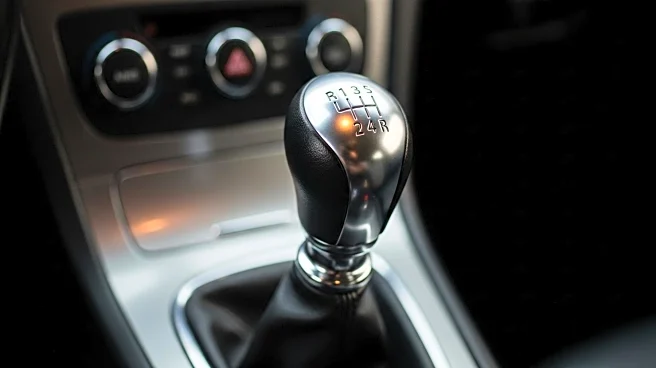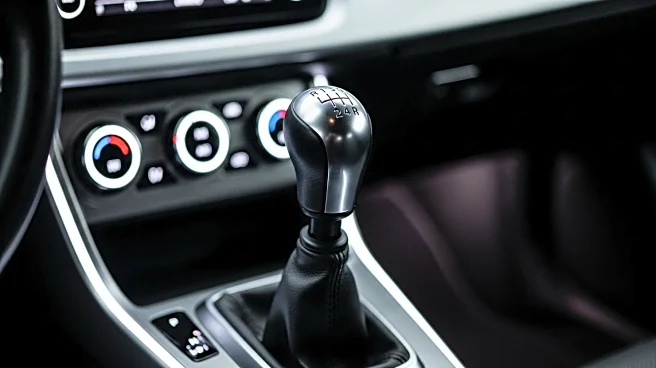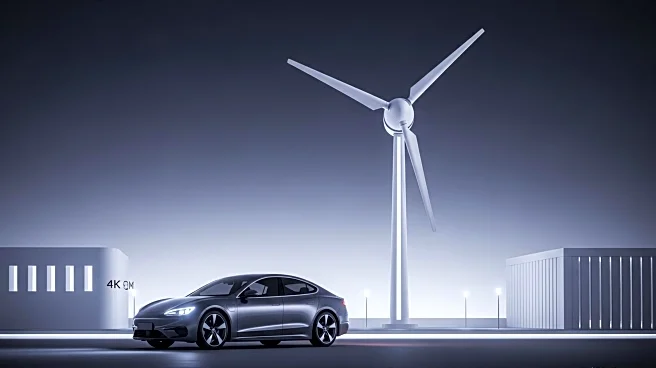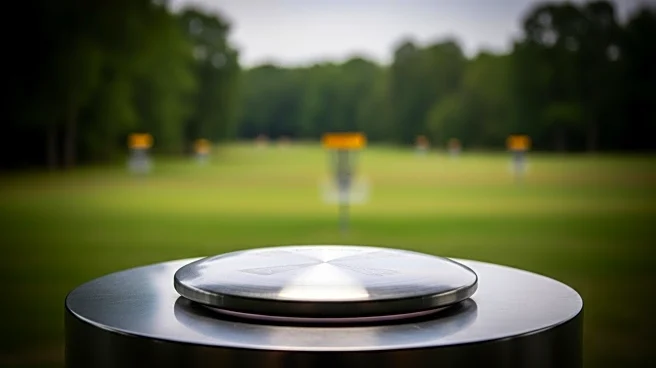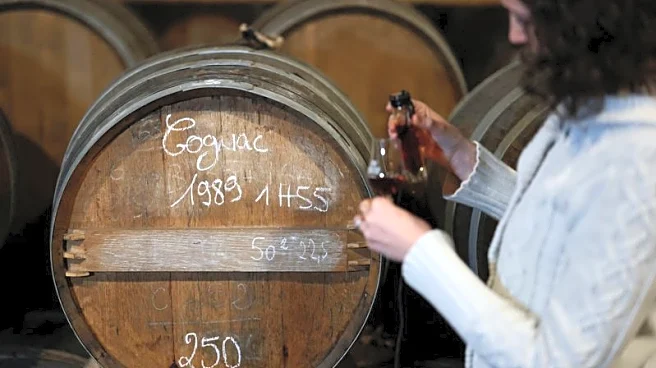What's Happening?
The manual transmission is facing a significant decline in popularity as automatic transmissions become the standard in many markets. In 2001, cars with manual transmissions accounted for 91% of registrations in major European markets, but by last year, this figure had dropped to 29%. In the United States, manual transmissions represented 28% of new light vehicle sales in 2001, but only 0.8% last year. The shift is attributed to advancements in automatic transmission technology, reduced costs, and changing consumer preferences.
Why It's Important?
The decline of manual transmissions reflects broader trends in the automotive industry, including technological advancements and evolving consumer demands. As automatic transmissions become more prevalent, manufacturers may focus on developing more efficient and user-friendly automatic systems, potentially leading to innovations in vehicle design and performance. The shift also highlights changing driving habits, with consumers prioritizing convenience and ease of use over traditional driving experiences.
Beyond the Headlines
The decline of manual transmissions raises questions about the future of driving culture and the preservation of traditional automotive experiences. As automatic transmissions dominate, enthusiasts may seek alternative ways to engage with driving, such as through sports cars or specialized driving events. The shift also underscores the importance of adapting to technological changes and consumer preferences in the automotive industry.
